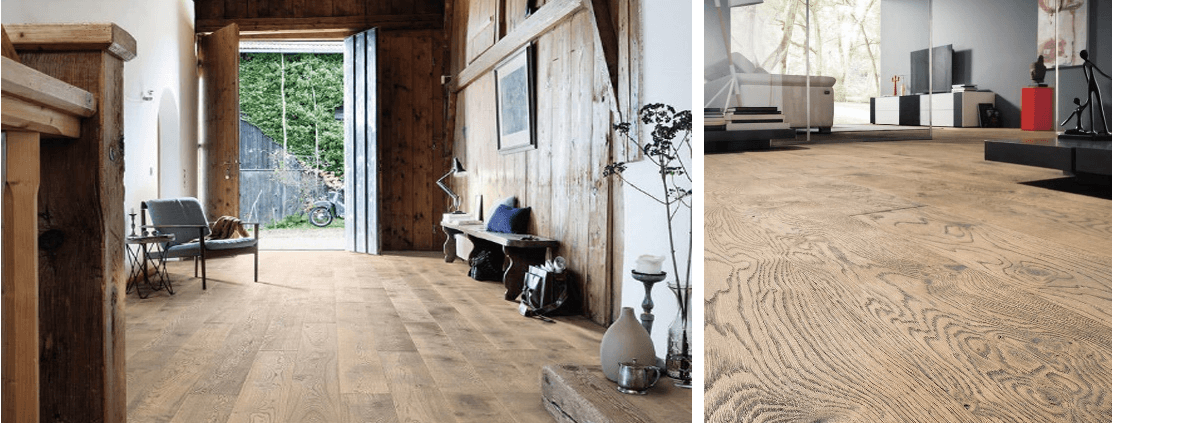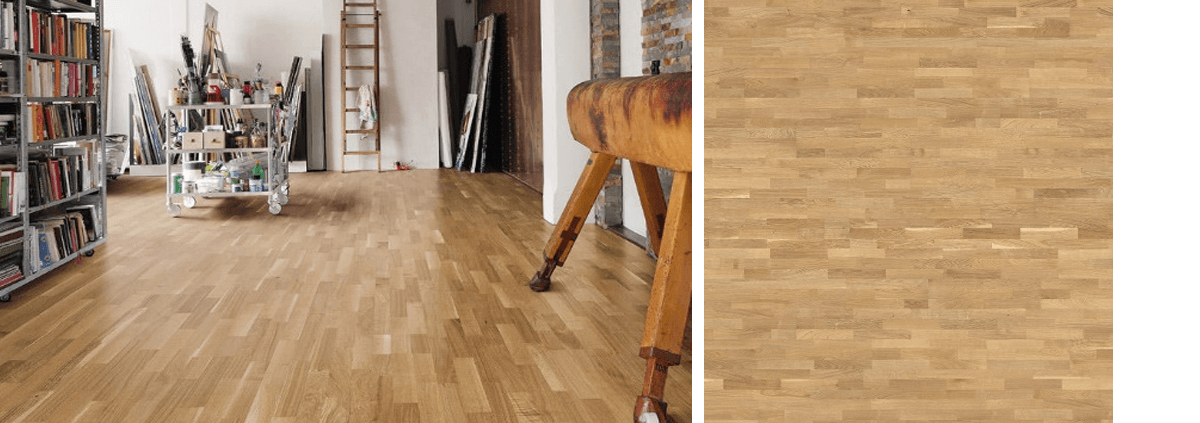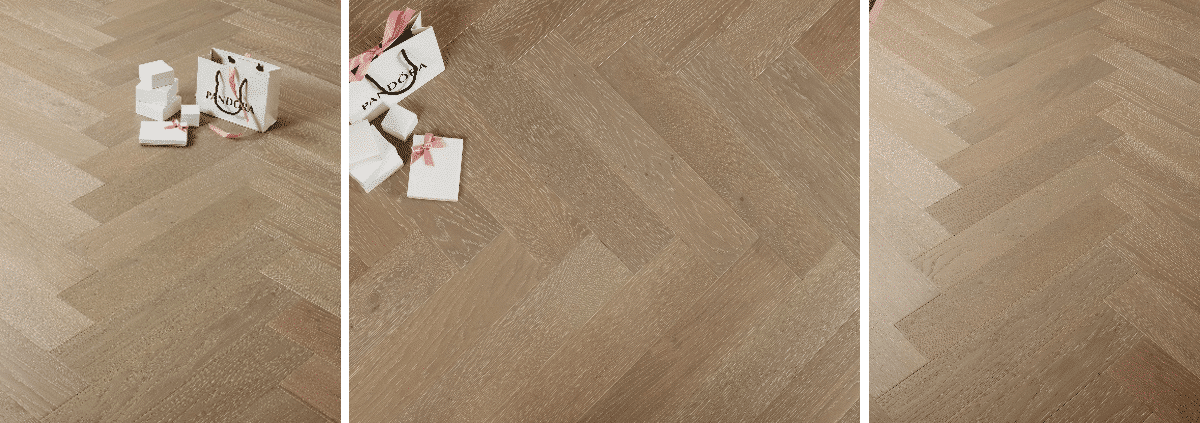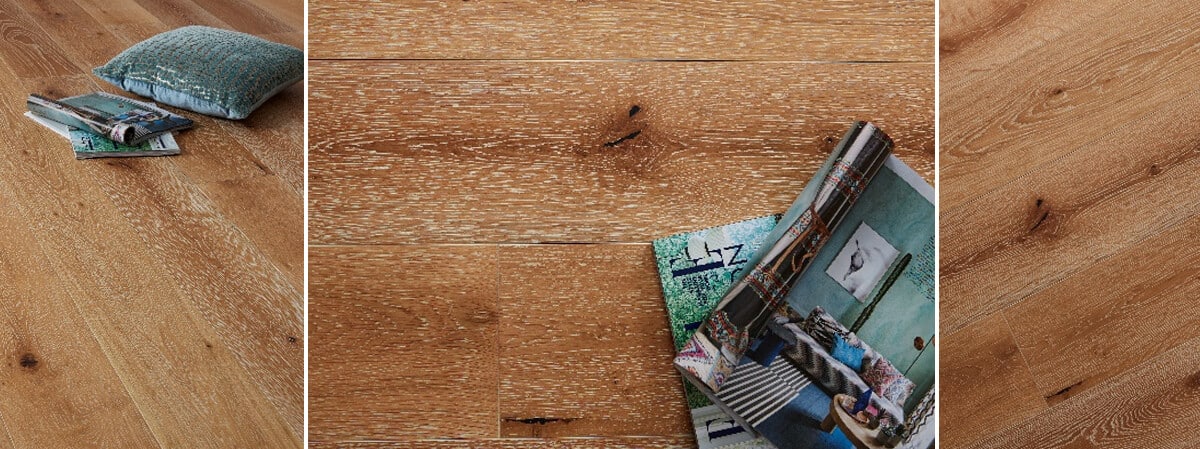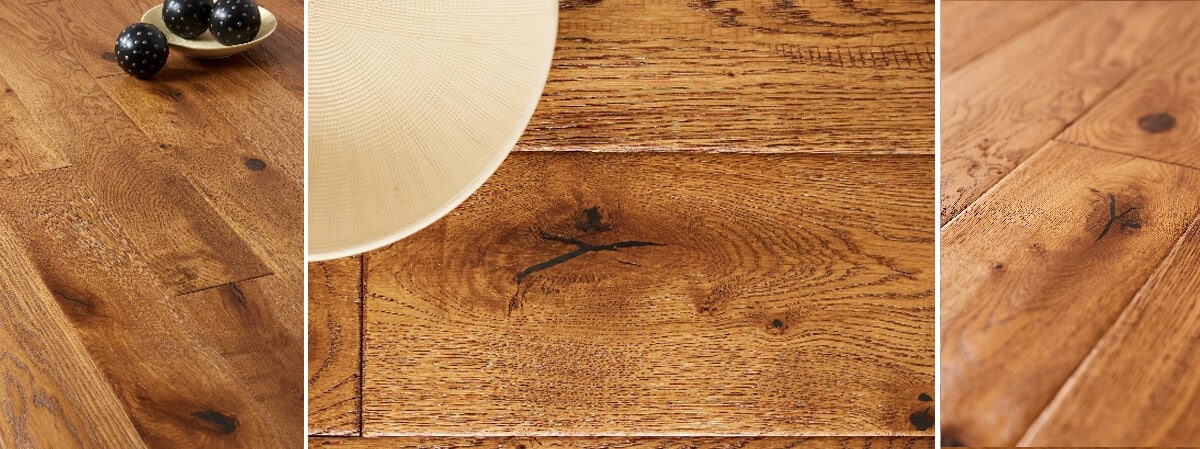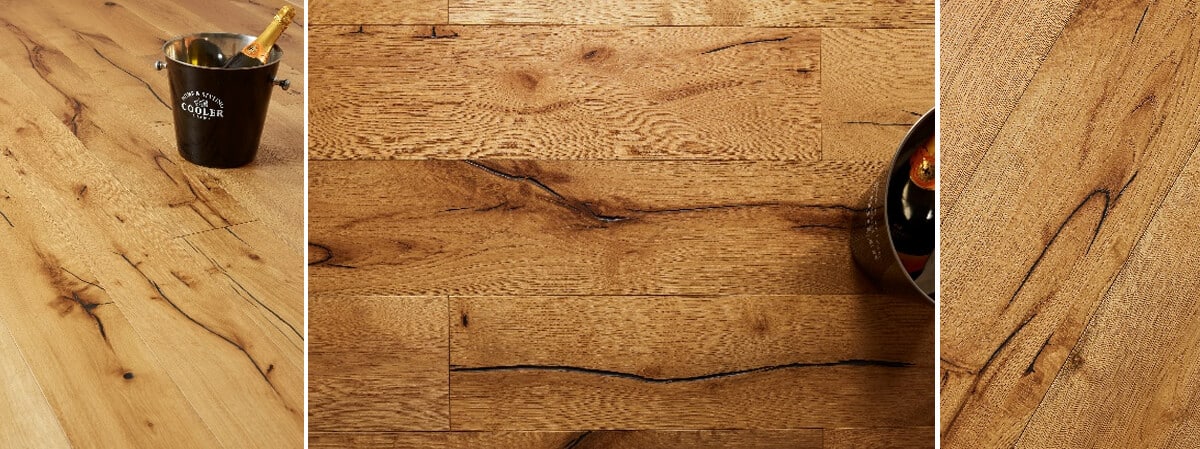old hardwood floors – 7 Proven Restoration Secrets
Old Hardwood Floors London: The Ultimate 2025 Guide
Old hardwood floors embody London’s heritage, infusing homes and commercial spaces with warmth, patina, and investment potential. While years of wear, spills, or ill-judged DIY remedies can leave boards looking tired, professional restoration or selective replacement can return them to showroom condition—often for less than the cost of fitting brand-new flooring. In this updated 2025 guide, the specialists at Nationwide Hardwood Flooring Company (tel 07940 528 315, email enquiries@nhfcompany.co.uk) explain how to assess, repair, and future-proof old hardwood floors throughout Greater London.
London Heritage & Old Hardwood Floors
The capital’s great buildings prove that well-cared-for timber can last for centuries. A stroll through the Victoria and Albert Museum, browsing antiques along Portobello Road Market, or afternoon tea inside a Bloomsbury Georgian townhouse all reveal the timeless partnership between architecture and old hardwood floors. According to Historic England, conserving original flooring is one of the most effective ways to safeguard a building’s character while reducing embodied carbon.
Iconic London Venues Featuring Old Hardwood Floors
- Hampton Court Palace – The Great Hall’s wide English-oak planks have endured since Henry VIII.
- Shakespeare’s Globe Theatre – Reclaimed oak recreates the boards trodden by Elizabethan actors.
- Leadenhall Market – Victorian hawthorn floors shimmer beneath the wrought-iron roof.
Why Restore Instead of Replace?
Restoration preserves history while boosting property value. The Royal Institution of Chartered Surveyors notes that period features such as original flooring can add up to 10% to a London home’s sale price.
- Sustainability – Retaining timber avoids the emissions tied to harvesting and transporting new boards, aligning with UK climate goals.
- Cost-Efficiency – Sanding and refinishing typically run 40–60% lower than full installation.
- Minimal Downtime – Modern dust-free machinery allows most living rooms to be back in use the same evening.
Professional Floor Surveys
Every restoration project begins with a detailed survey that pinpoints moisture content, sub-floor movement, and historic coatings. Nationwide Hardwood Flooring Company employs calibrated hygrometers and boroscope cameras to inspect hidden joists—techniques endorsed by the National Wood Flooring Association.
Typical Issues Found in London Homes
- Creaking Boards – Often caused by corroded cut-nails or loose joists.
- Iron-Stain Discolouration – Common around Victorian hearths.
- Uneven Sub-Floors – London clay shrink-swell cycles can warp floor levels.
- Legacy Lead Paint – Pre-1970 sealants require specialist removal.
Modern Restoration Techniques
Our three-stage sanding process—coarse, medium, fine—levels boards while 98% dust extraction keeps air quality safe for allergy sufferers. Gaps are filled with reclaimed-dust resin for a seamless finish before your choice of sealant:
- Invisible Lacquer – Adds scratch resistance while preserving a raw-timber look.
- Hardwax Oil – A breathable, VOC-compliant option ideal for listed buildings in conservation zones.
- Reactive Fuming – Creates deep smoked tones popular in contemporary Chelsea apartments.
Cost Comparison: Restore vs Install
In 2025, restoring old hardwood floors in London averages £25–£50 per m². By contrast, removing and fitting engineered herringbone can reach £120 per m² plus waste-disposal fees. Choosing restoration therefore saves money and supports FSC-certified forestry by reducing demand for fresh timber.
When Replacement Is the Best Option
Severe rot, wood-boring insects, or a wear layer under 2 mm may leave no alternative but replacement. Our engineered oak chevron boards provide modern stability while respecting original character. Explore our Chatsworth Chevron and Eastbury Herringbone collections for inspiration.
Year-Round Maintenance Tips
London’s damp winters and hot summers cause timber to expand and contract. Keep indoor humidity between 40–60% with a smart hygrometer, fit felt pads beneath furniture, and vacuum weekly with a soft-bristle head. Re-oil every 18 months to prevent cracking, and use our FSC-approved Loch Tay cleaning kit for best results.
Frequently Asked Questions
How many times can my floors be sanded?
Most old hardwood floors tolerate three to five sanding cycles. We measure remaining wear layers before starting work.
Will the process create dust?
Our HEPA-filtered extraction units capture 98% of airborne particles, keeping your home clean throughout restoration.
Can I change the colour?
Yes. From Nordic whitewash to rich ebony, modern stains allow you to match any interior palette.
When can I walk on newly finished floors?
Water-based lacquers cure within 24 hours; light foot traffic in socks is usually safe after eight hours.
Why Choose Nationwide Hardwood Flooring Company?
From Knightsbridge boutiques seeking luxury chevron patterns to Hackney warehouses craving reclaimed character, our master fitters preserve the integrity of old hardwood floors with transparent pricing and guaranteed workmanship. View project photos on our Our Work page, or read client testimonials on Our Clients.
Book Your Free Consultation
Ready to revitalise your old hardwood floors? Schedule a complimentary survey anywhere in Greater London—from Wimbledon to Walthamstow—by calling 07940 528 315 or using our online booking form. For further inspiration, visit our flooring blog.
Nationwide Hardwood Flooring Company—preserving London’s flooring heritage, one set of old hardwood floors at a time.


